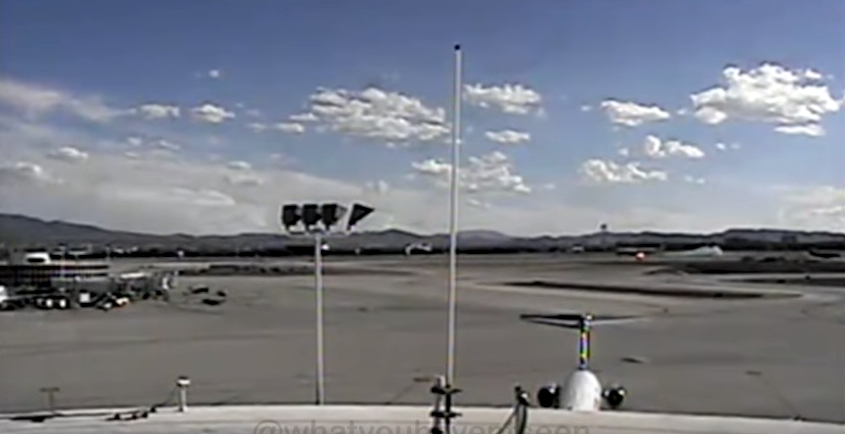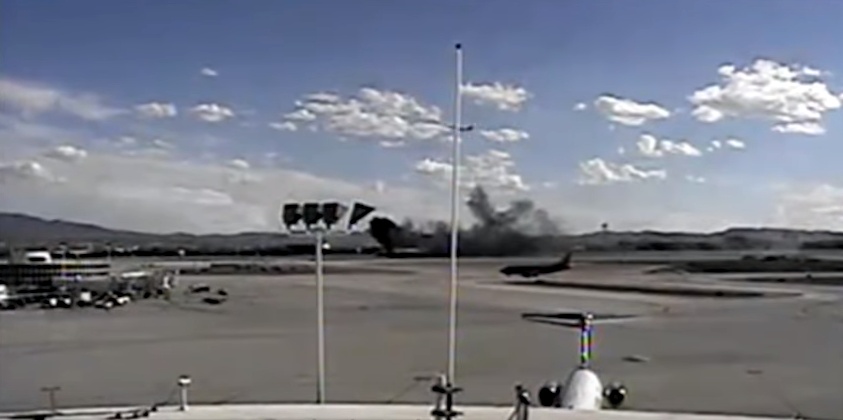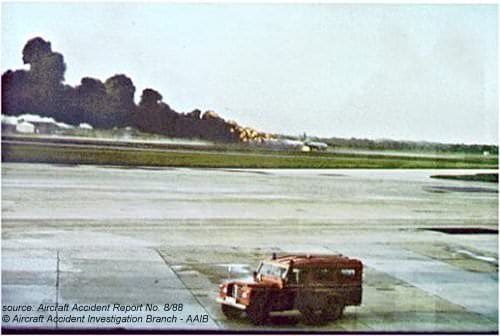The lack of ATC information can be summarized using a couple of screenshots from the airport security camera and should make it pretty evident why they should have updated the crew.

This is the point of engine failure and the beginning of the event.

The fuel ignites a few seconds later, take-off is now aborted and the aircraft starts to slow down.

The fire is now more intense and things start to get serious. No ATC calls has been made yet since it is just a few seconds after the initial event.

This is the situation when the crew transmit "Speedbird 2276, stopping". This is the first time where an ATC reply would be expected AND to those who make the argument about "ATC shouldn't disturb the crew" - this is when the latter *is* contacting them reporting that they abort take-off. The situation is pretty evidently bad AND the lack of any more comment from the pilot such as "Speedbird 2276, stopping... (pause) we have an engine fire" is a clear indication that they are unaware of the serious fire.
ATC should have replied "there's a lot of smoke and visible flames on the left side of your aircraft" at this time and it is pretty evident just by looking at the picture.

This is the situation when the crew transmit "Speedbird 2276, mayday, mayday, request fire services". This is the second occasion when ATC should have told them that they have a serious fire on their left side and a lot of smoke.

This picture is from the point in time when ATC reply "fire services on their way" and that they didn't add any information about the fire and smoke is pretty baffling indeed.
An appropriate ATC exchange between Speedbird 2276 and themselves would have been something along the lines:
BA2276: "Speedbird 2276, stopping."
ATC: "Roger, Speedbird 2276, there's smoke and flames on the left side of your aircraft."
BA2276: "OK, standby" (from Speedbird 2276)
BA2276: "Speedbird 2276, mayday, mayday, request fire services!"
ATC: "Fire services are on their way, there's still a lot of smoke and fire on your left side."
The other version would be:
BA2276: "Speedbird 2276, stopping."
BA 2276: "Speedbird 2276, mayday, mayday, request fire services!"
ATC: "Roger, Speedbird 2276, fire services are on their way, there's a lot of smoke and flames on the left side of your aircraft, they are on their way now."
BA2276: "OK, standby"
We can compare it with the 1985 accident in Manchester and the ATC exchange. This image says it all:

This is British Airtours flight 28M during their abandoned take-off and the picture was taken at approximately the same time as their information exchange with ATC:
KT28M: "28 Mike, we're abandoning take-off.... (pause, fire warning comes on) it looks as though we've got a fire on the number one."
ATC: "Right, there's a lot of fire, they are on their way now."
This information enabled the captain to tell the cabin "Evacuate on the right side please" and also placed him and his F/O in the appropriate mindset regarding shutting down the remaining engine and get going with evacuation immediately after stopping.
So yes, ATC should convey information to a burning aircraft when the crew contact them. Kindly notice this - "when the crew contact them". It is appropriate to report visible smoke and flames when the aborted take-off is reported (it means that the crew is in the "communicate" stage of aviate, navigate, communicate) so replying with information about the situation is appropriate.
I am pretty sure that the situation in Manchester would have been even worse than it became *if* ATC hadn't told the crew about the fire. It is probable that they would have stopped with the number 2 still running, trying to assess the situation before finally ordering evacuation (or that the cabin crew had initiated it before the engine had been shut down due to the rapidly deteriorating conditions in the cabin).
So a combination of improved possibilities for the crew to assess the situation (cameras) and relevant ATC information during the "communicate" stage is the best course of action.